Follow the fabric as it passes through each of the digital print process
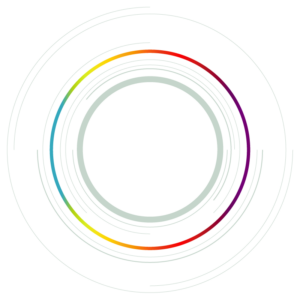
When you place an order with The Silk Bureau Ltd our specialist textile print team take meticulous care at every stage of the printing process.
The digital printing service we provide is an intensive process. By the time you have placed your order the preparation of the fabric has already gone through several important processes.
Pressing the print button is the easy bit! To many, all the pre-preparation of fabric and files and the post-print fixing of inks and fabric handling is largely unknown.
If you’d like to know more about how we print your fabric follow the fabric journey below. Descriptions of each stage and short video clips will take you on a virtual tour of our factory.
You’ll also get to see some of our team in action. Enjoy!

We have trusted suppliers of our fabrics, who know exactly the quality that we demand. Always remembering that a natural fabric, such as silk, will differ slightly from roll to roll they know that we insist on AA grade quality. As the raw fabric arrives it is rolled for optimum efficiency into large batches ready for the next step.
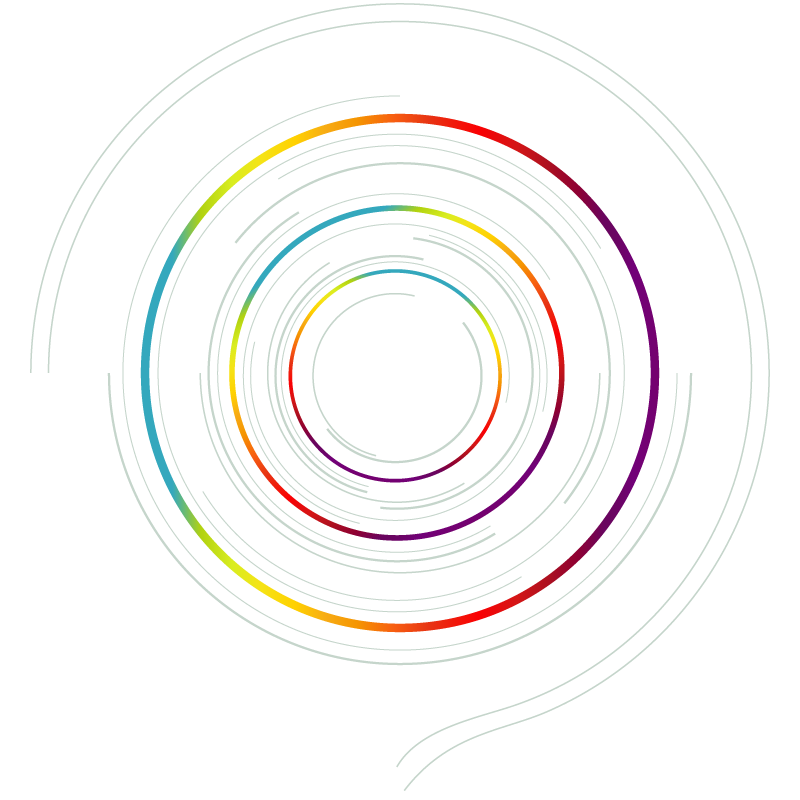

All natural fabrics need to be coated to enable digital printing. Silk and wool fabrics are acid coated allowing the dyes to be absorbed into the fabric when steamed. Cotton and viscose fabrics have an alkaline coating that causes a chemical reaction with the inks. Each unique blend of agents ensure optimum ink adhesion.
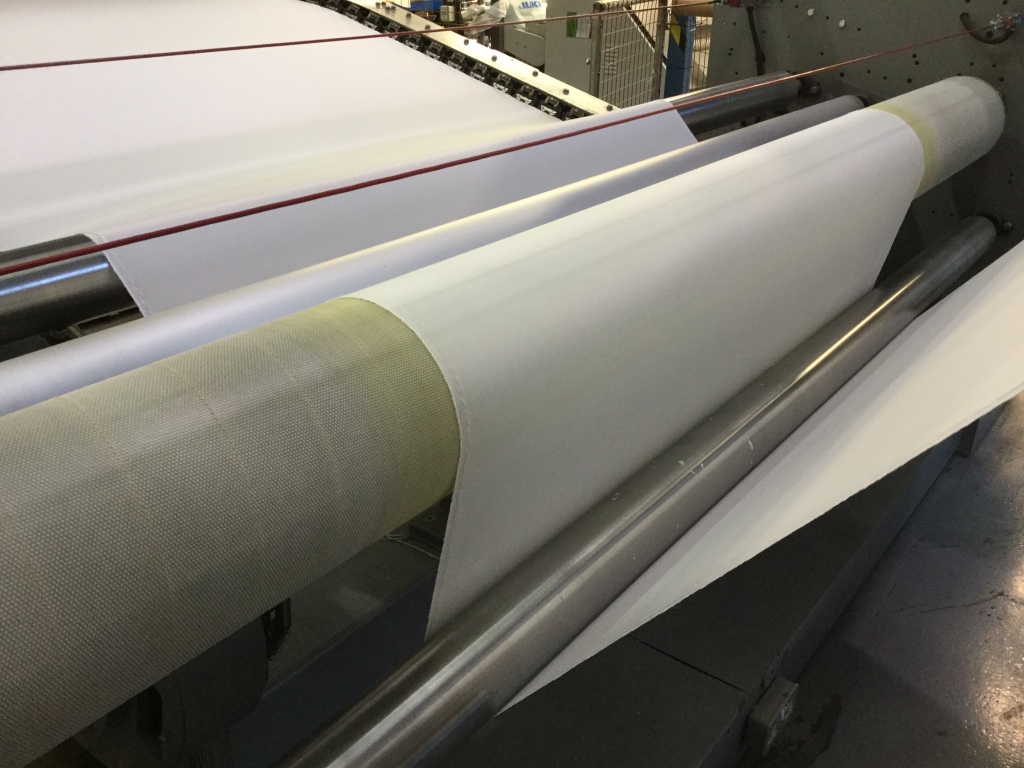

Once coated the fabrics need to be separated out into manageable rolls for loading onto the printers.



Here is where your order joins in the process. When you upload your artwork through our website it arrives in our CAD department. Our CAD team check your digital artwork and prepare it for print using our specialist software.


The fabric is rolled onto the printer's adhesive flat bed for printing with our best quality dyes. For polyester sublimation the image is first printed onto a special paper and then heat transferred onto the fabric. We use acid, reactive or dispersive dyes in our printing depending on the fabric.
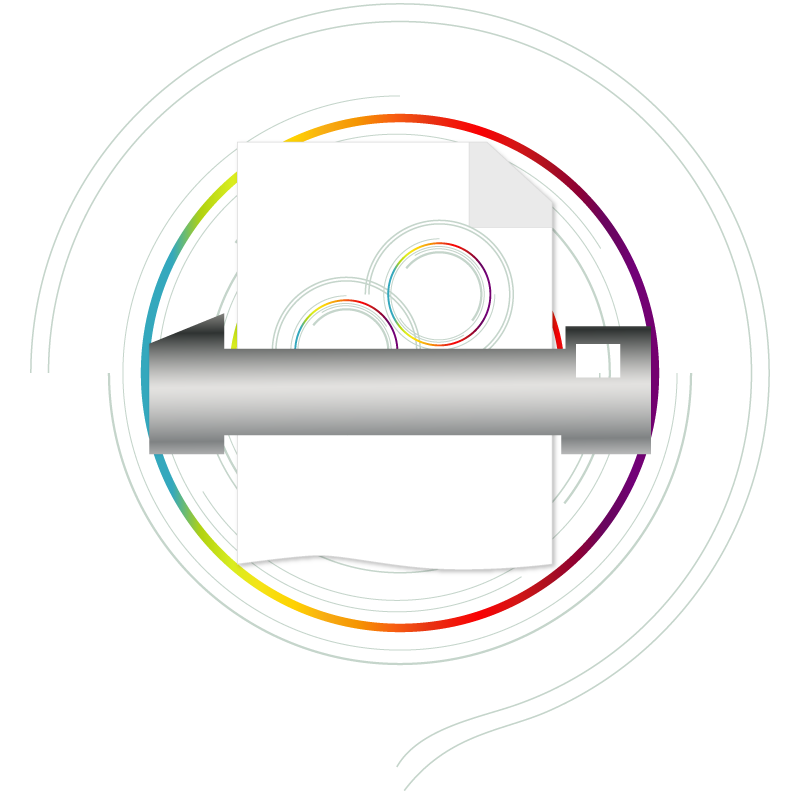

This step in the process fixes the dyes to the fabrics by transferring the colour into the physical structure of each thread within the cloth. With required temperatures of 102ºC, each metre of fabric can take approximately 45mins to complete the journey from one end to the other.

Our relaxed open width washer dryer ensures that any surplus dyes are removed and the fabric is then propelled through a warm air drying process.
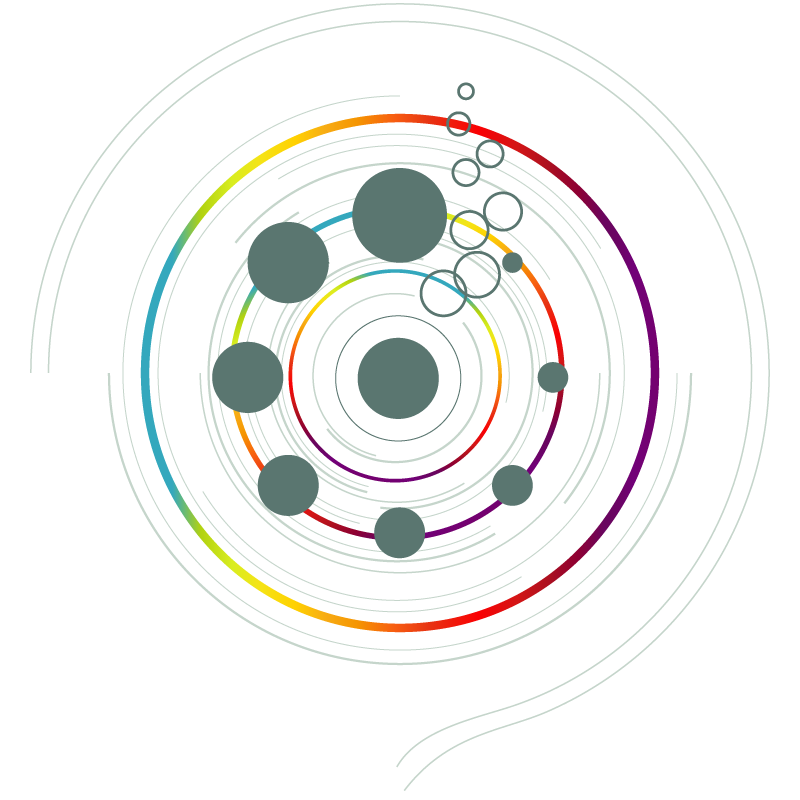

Quality control examine each fabric order, spotting any defects that may have occurred in the printing process. Any defects found are sent back to the printing stage if required.


At this stage, if you have chosen to have one of our in-house finishing services, the printed fabric will be handed over to our expert seamstresses.
Once they have completed the finish, the product is inspected again, ironed, packed and sent to Despatch.


Once your fabric passes the final quality control stage it is packed and despatched using a courier service for next day delivery.
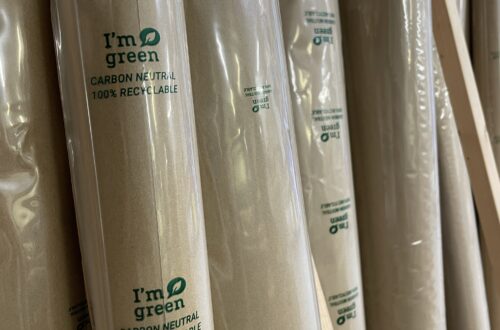
© The Silk Bureau Limited 2024
| Cookie | Duration | Description |
|---|---|---|
| cookielawinfo-checbox-analytics | 11 months | This cookie is set by GDPR Cookie Consent plugin. The cookie is used to store the user consent for the cookies in the category "Analytics". |
| cookielawinfo-checbox-functional | 11 months | The cookie is set by GDPR cookie consent to record the user consent for the cookies in the category "Functional". |
| cookielawinfo-checbox-others | 11 months | This cookie is set by GDPR Cookie Consent plugin. The cookie is used to store the user consent for the cookies in the category "Other. |
| cookielawinfo-checkbox-necessary | 11 months | This cookie is set by GDPR Cookie Consent plugin. The cookies is used to store the user consent for the cookies in the category "Necessary". |
| cookielawinfo-checkbox-performance | 11 months | This cookie is set by GDPR Cookie Consent plugin. The cookie is used to store the user consent for the cookies in the category "Performance". |
| viewed_cookie_policy | 11 months | The cookie is set by the GDPR Cookie Consent plugin and is used to store whether or not user has consented to the use of cookies. It does not store any personal data. |
The processes involved in digital textile printing causes the original fabric to shrink. If you are printing scarves, the size of the finished product will be important to you. For example, if you have square artwork, you will be expecting your finished scarf to be square!
To get the printed fabric closer to the size you need, all fabric intended for scarves must go through an extra step to reshape it. Please allow extra time on your deadlines to allow for this process.
Let us introduce you to the …
The stenter is an enormous piece of machinery that has many uses, including coating our fabrics and reshaping scarf orders.
After travelling through a solution to soften the fabric, it then passes over a flat bed, gripped on the selvedge edges to pull it back into shape.
It’s a long and precise process that needs to be carefully monitored.
If you have selected to use our hemming service, we will check the stentered fabric for you before we begin to finish your scarves. If you are not using our service, it’s up to you to check the size BEFORE you cut out the individual scarves from the fabric length. We cannot re-size after your scarves have been cut out.